MDT: Scalable Utility Monitoring for Resident and Tenant Billing
Tehama’s Metering Data Transceivers (MDTs) are wireless automated meter reading (AMR) devices that monitor water, gas, and electric usage in near real time. They send this data to the Data Concentrating Access Point (DCAP), which serves as the centralized hub for utility oversight and accurate tenant billing.
This continuous data stream provides property stakeholders with real-time visibility into consumption patterns, enabling smarter decisions around resource allocation and utility management.
MDTs come in Standard (1 mile), MAX (up to 10 miles), and LoRaWAN (over 10 miles) configurations. With both indoor and submersible outdoor models, they support reliable deployment across diverse property types.
Indoor Metering Devices (MDT) Products
Ensures precise indoor submetering with reliable data transmission for improved utility management.
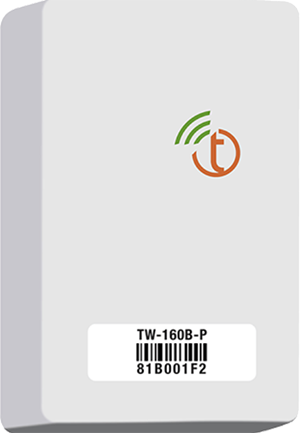
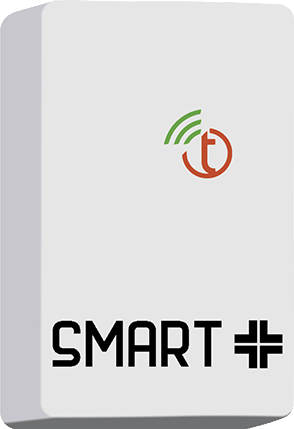
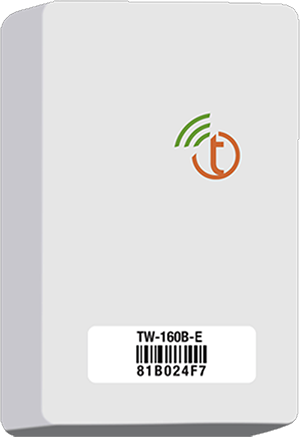
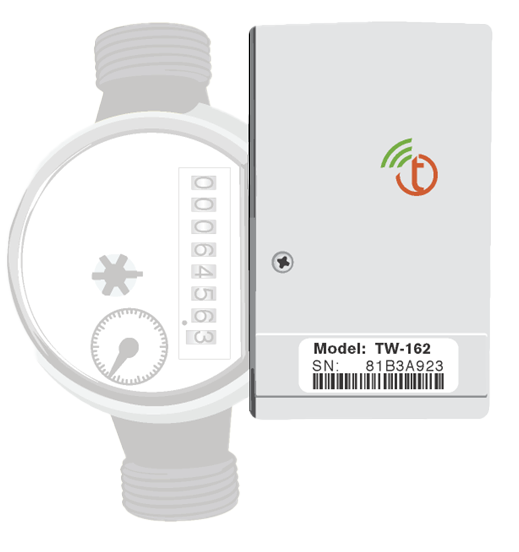
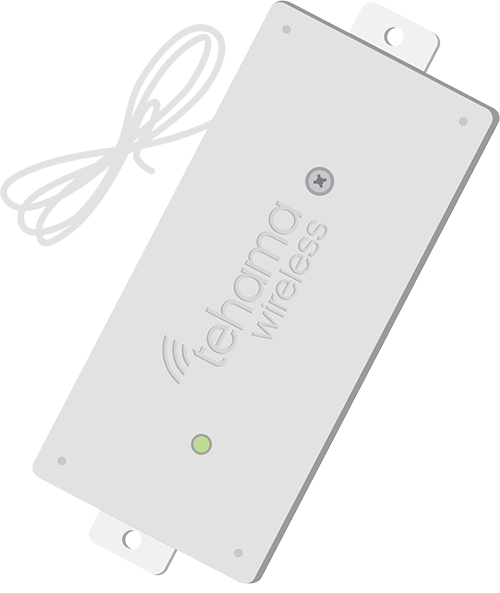
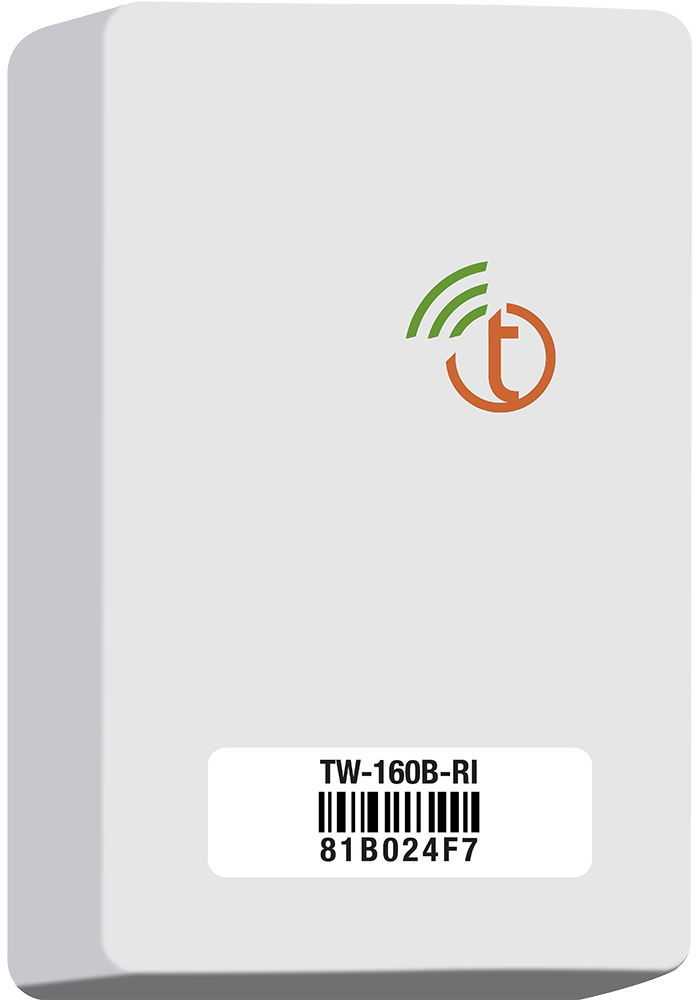
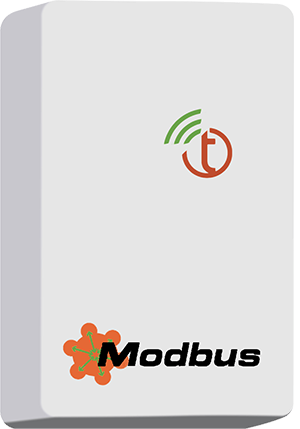
Indoor Display MDT Products
Delivers real-time usage visibility with integrated display for on-site utility checks.
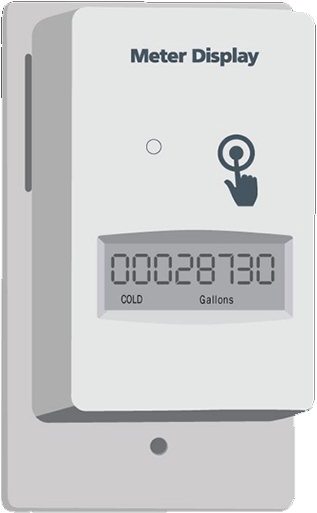
Indoor MDT with External Power Products
Offers dependable indoor submetering with external power for uninterrupted utility monitoring.


Submersible (Outdoor) MDT Products
Reliable submetering built to withstand wet, outdoor, and submerged conditions.
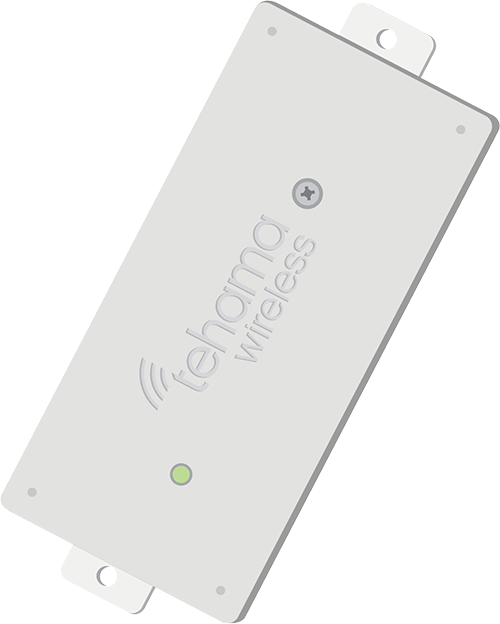
Videos
-
Introduction to the Web App
-
DCAP Troubleshooting
-
Web App Troubleshooting
-
DCAP-TFA Installation
-
Get Started with the Web App
-
Monitoring and Maintaining a System
-
Commissioning a Meter Display Using the Mobile App
-
Requesting and Approving Grants with the Web App
-
Wiring a Water Meter to an MDT
-
The CIT in Detail
-
Commissioning a Site
-
Hardware Setup
-
System Overview
-
Getting started with the CIT
-
Connect Mobile App Overview
-
DCAP Configuration
-
Commissioning MDTs and Repeaters
-
Setup CIT Alerts and Reports
-
Monitoring Data and Network Health
-
Configuring the Display on an MDT
-
Wiring the MDT to its Associated Meter
-
Introduction to the CIT
-
How to Find the IP Address of a DCAP
-
ModBus P2P Reads in the CIT and Web App
Metering Devices (MDT) Technical Specs
| Specification | Details |
| Battery Life | Indoor MDT: 6-8 years. Outdoor Submersible MDT: 10-15 years. |
| Operating Temperature | -20°F to 145°F |
| Communication Protocol | Wireless (e.g., RF, LoRaWAN) |
How It Works
MDTs collect water usage data from meters and wirelessly transmit it through gateways or repeaters to the cloud, where near real-time analytics ensure accurate billing and utility monitoring.
This diagram illustrates how Tehama Wireless devices work together to optimize metering solutions
Why Choose Tehama’s Metering Devices (MDTs) for Your Submetering Standard?
- Precise metering enhances billing and promotes efficient resource use.
- Reliable operation in diverse indoor and challenging outdoor conditions.
- Easy setup process for property managers and installers.
- Near real-time data delivers immediate utility insights, enabling faster decision-making.
- Seamless integration with existing systems allows for easy expansion as properties grow.
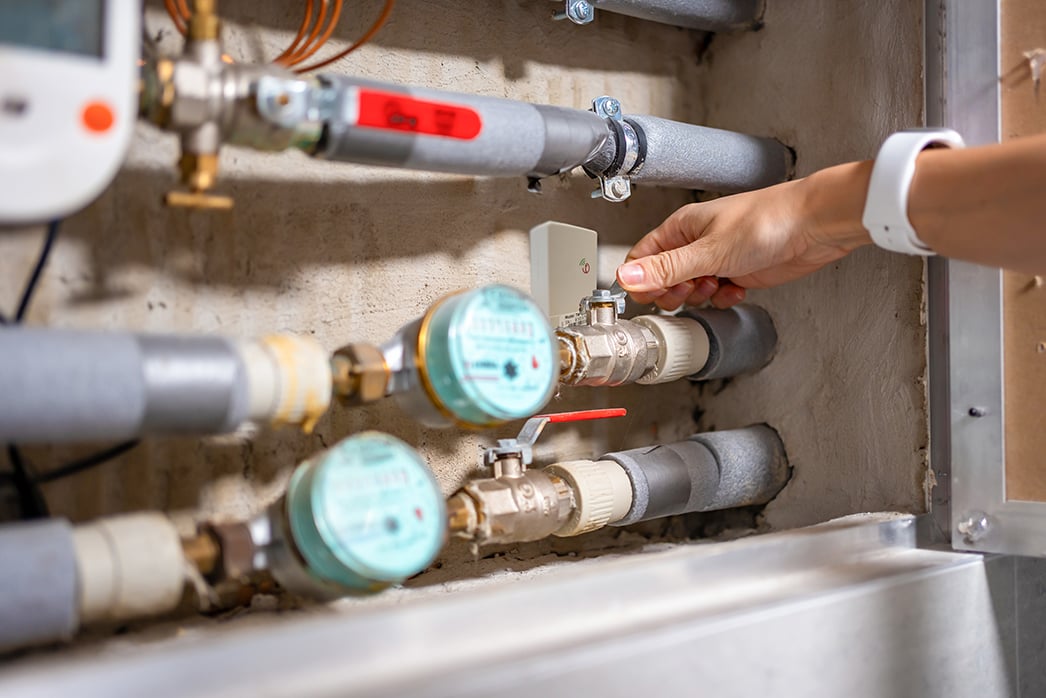
Metering Devices (MDT) Applications
Multifamily
Housing
MDTs support accurate submetering and utility usage insights for multifamily communities—whether single-building or spread across multiple sites—enabling fair billing and smarter resource use.
Commercial
Properties
Property managers rely on MDTs to monitor energy and water use across commercial or industrial sites, streamlining reporting and improving cost control across complex layouts.
Manufactured
Homes
MDTs bring flexible submetering to manufactured home communities, with solar-powered options and reliable data transmission across dispersed, off-grid infrastructure.
ESG &
Sustainability
MDTs support ESG goals by delivering precise, unit-level utility data that enables transparent reporting and drives sustainable decision-making.
FAQs
MDTs support Pulse, Encoded, Smart Protocol, Leak Detection, Runtime, and ModBus meter types.
Yes, MDT devices are user-friendly, allowing installation by onsite property teams without mandatory professional assistance.
Indoor MDTs typically last 6-8 years, while outdoor submersible MDTs have a battery life of 10-15 years. Battery life may vary slightly based on factors such as distance from DCAPs and gateways, which can impact power consumption.
Yes, MDT devices are designed for reliable operation in indoor and harsh outdoor conditions.
MDTs integrate seamlessly, transmitting data wirelessly to existing gateways and repeaters, making system expansions straightforward.
Tehama provides Pulse MDT, Encoded MDT, Smart+ MDT, Leak Detection MDT, Runtime MDT, and Modbus P2P MDT models.
Yes, all MDT devices communicate wirelessly to gateways, DCAPs, and repeaters for easy installation and management.
Related Blogs
Pipe Freezing Prevention: How Temperature Sensors Keep Your Properties Safe
The risk of frozen pipes poses a significant challenge for property managers during the colder…
Smart Strategies for Reducing Water Costs in Retail Environments
Efficient utility monitoring is increasingly crucial in retail, where operational costs can rise…
Optimizing Water Usage Through Smart Landscape Management Practices
Effective landscape management is essential for sustainable water usage, especially given the…
Ready to Get Started?
Learn how MDTs can improve your metering and monitoring systems.